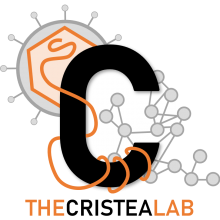Intragenic DNA inversions expand bacterial coding capacity
Publication Year
2024
Type
Journal Article
Abstract
Bacterial populations that originate from a single bacterium are not strictly clonal and often contain subgroups with distinct phenotypes1. Bacteria can generate heterogeneity through phase variation–-a preprogrammed, reversible mechanism that alters gene expression levels across a population1. One well-studied type of phase variation involves enzyme-mediated inversion of specific regions of genomic DNA2. Frequently, these DNA inversions flip the orientation of promoters, turning transcription of adjacent coding regions on or off2. Through this mechanism, inversion can affect fitness, survival or group dynamics3,4. Here, we describe the development of PhaVa, a computational tool that identifies DNA inversions using long-read datasets. We also identify 372 intragenic invertons , a novel class of DNA inversions found entirely within genes, in genomes of bacterial and archaeal isolates. Intragenic invertons allow a gene to encode two or more versions of a protein by flipping a DNA sequence within the coding region, thereby increasing coding capacity without increasing genome size. We validate ten intragenic invertons in the gut commensal Bacteroides thetaiotaomicron, and experimentally characterize an intragenic inverton in the thiamine biosynthesis gene thiC.
Journal
Nature
Volume
634
Pages
234–242
Date Published
oct

